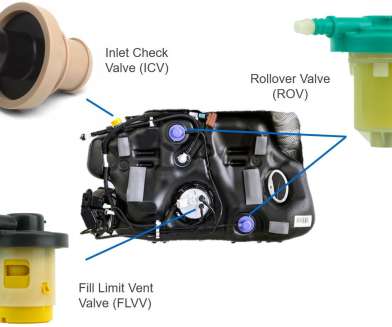EPA waives requirements for gasoline pump vapor recovery
Green Car Congress
MAY 10, 2012
The US Environmental Protection Agency (EPA) has determined that the systems used at gas station pumps to capture harmful gasoline vapors while refueling cars can be phased out. Since 1994, gas stations in areas that do not meet certain air quality standards have been required to use gasoline vapor recovery systems.
















Let's personalize your content